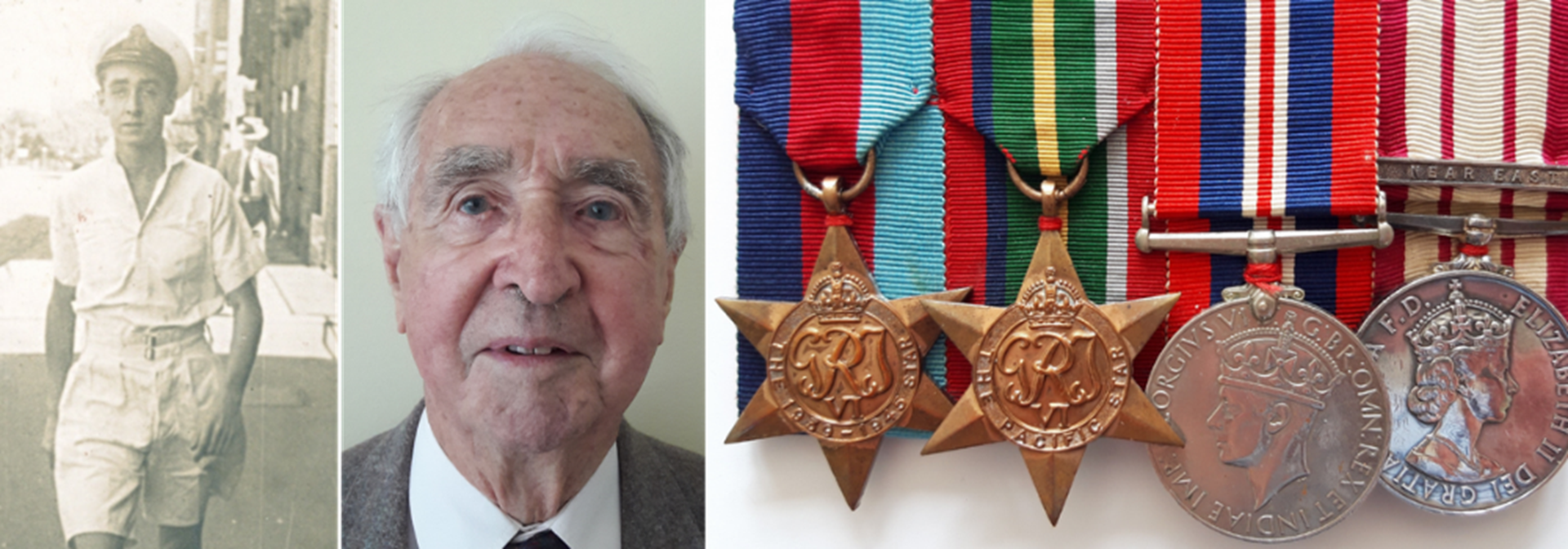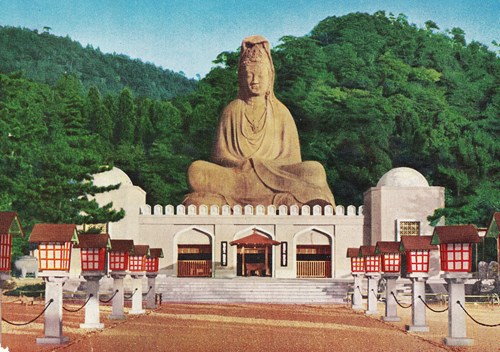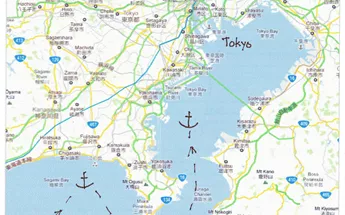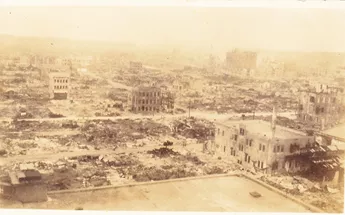Lieutenant Commander, the Reverend John Davies lives with us at Abbeyfield Exmouth Society’s Harding House. John was serving in the Royal Navy at the end of World War Two in the battleship Duke of York, which later became the flagship of the British Pacific Fleet. After being seen off by the King and Queen in Liverpool, John and his comrades sailed for the Pacific.
Here he recounts what happened next…
"We were stationed at Manus, the British base in Papua New Guinea, when the atom bombs were dropped on Hiroshima and Nagasaki. We set off for Guam, the American forward base, where we heard the Japanese were ready to surrender. We were joined by Admiral Sir Bruce Fraser, who commanded the British fleet and who was to sign the treaty on behalf of Britain – that’s when we became the flagship. We were then overwhelmed by diplomatic traffic so I was transferred from the Bridge Plotting Room to the Cypher Office. In that hot, steamy space I got impetigo – blisters on my face – which is highly contagious, so I had to be reassigned.
We were a part of the largest convoy the world has ever seen.
"We joined up with the American Third Fleet and spent a day steaming through the largest fleet the world has ever seen. There was a fly-past of two thousand aircraft. When terms were agreed with Japan, including that the Emperor was to remain as head of state, we took station astern of the American battleships Missouri and Iowa and led the way to Japan. Prince Philip (now the Duke of Edinburgh) was First Leiutenant of one of our destroyer escorts."

(Photo: John then and now, followed by his medals)
"As we approached Japan I gave a commentary from the air defence position to the ship’s company at action stations. We anchored in the bay and boats were lowered to patrol for any nearby frogmen. The crew of one of the boats saw men waving on the beach. They had escaped from a POW camp, first Brits to have done so.
I had a grandstand view of the signing of the Japanese surrender.
"On the morning we entered Tokyo Bay and anchored next to the Missouri, so I had a grandstand view of the surrender signed on her forecastle on 2nd September. Ashore in Yokohama, Tokyo’s main access port, I saw the devastation caused by the high explosives and incendiary bombs."
John's Path to Tokyo
Yokohoma was Almost Destroyed by Allied Attacks
Duke of York
The Japanese Surrender
"We then sailed for Hong Kong, which was under Japanese occupation, for its surrender to Britain, and then on to Sydney before arriving in Hobart, Tasmania, for a victory parade and celebrations. As we sailed I was taken ill, so we landed at the former penal settlement of Port Arthur and I and was driven back to Hobart, where I had a kidney removed. After a couple of months’ recovery in Tasmania I went to Sydney for survey and was invalided home.
"Some years later I went back to Japan and visited Kyoto. I was very impressed by the war memorial, the only one I know to honour the fallen enemy."
Kyoto War Memorial | The World’s Unknown Soldier
All honour to him, friend or foe,
Who fought and died for his country!
May the tragedy of his supreme
Sacrifice bring to us, the living,
Enlightenment and inspiration;
Fill us with ever-mounting zeal
For the all-compelling quest of peace,
World peace and universal brotherhood.


Life at Abbeyfield
John moved into Harding House in 2018, but he was involved with Abbeyfield Exmouth Society for thirty years beforehand.
“My wife, Anne, was chairman of Harding House when it was modernised to include en-suites and kitchenettes in all the rooms. A few years ago I had a slight stroke and thought it was best to have someone living in with me, so two years ago I moved to Harding House, into the apartment intended for the Manageress!”



